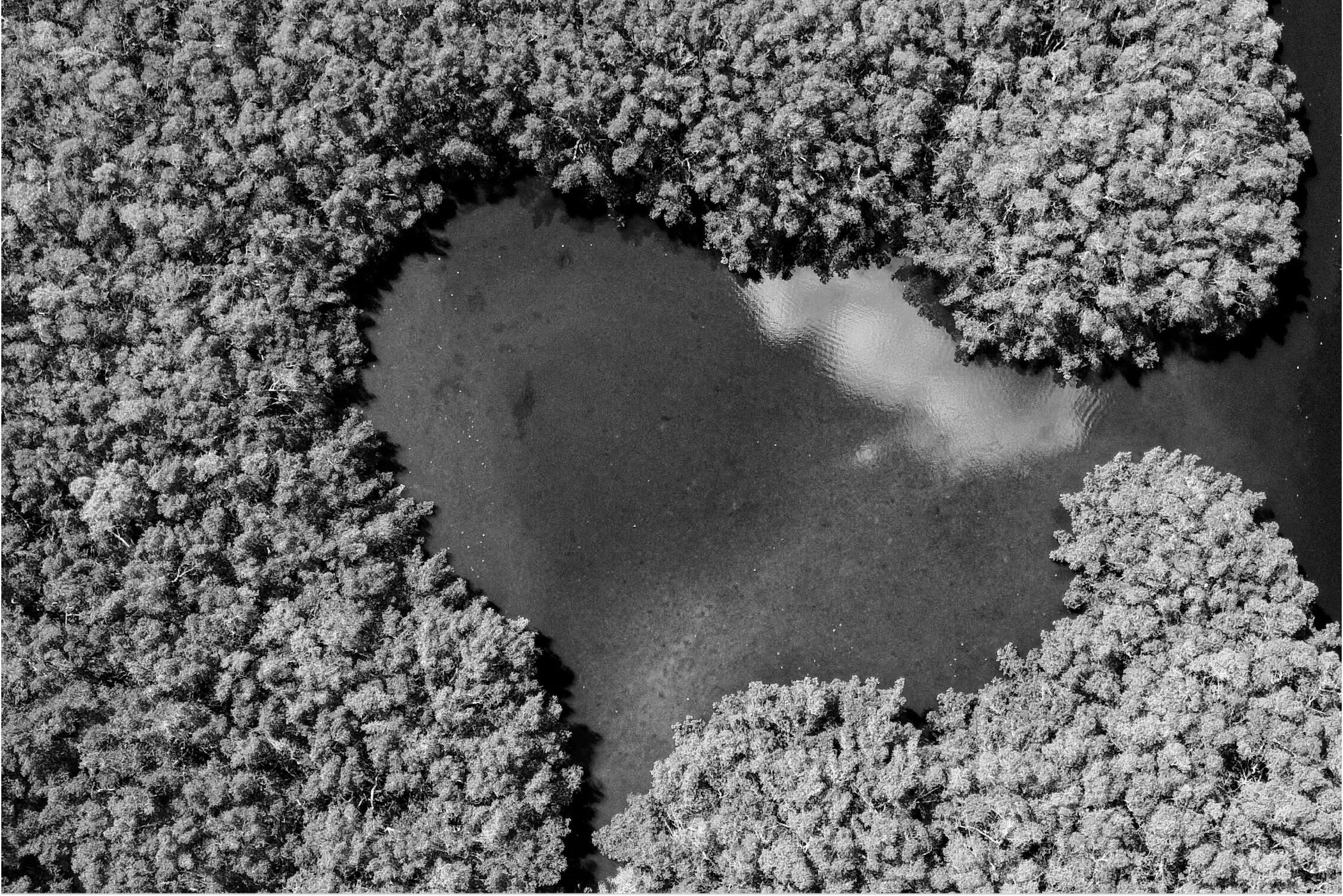

Isometric has released a draft protocol for carbon dioxide removal (CDR) via Mangrove Restoration for public consultation. The protocol sets out requirements and procedures for projects that remove carbon by re-establishing or enabling the recovery of mangrove ecosystems where they have been degraded or lost.
Mangroves are among the world’s most effective forest ecosystems for removing carbon dioxide. Globally, they store up to 11.7 billion tonnes of carbon. Mangrove Restoration includes activities such as replanting mangrove forests, restoring the conditions that enable mangroves to grow—such as improving water quality—and enhancing regeneration by managing pests and invasive species. These activities restore the natural ability of mangroves to remove carbon dioxide as they grow, storing it both in their biomass and in the soil.
Beyond carbon removal, Mangrove Restoration can provide additional benefits, including protecting coastlines from extreme weather, creating nursery habitats for native species, improving water quality, supporting biodiversity, and creating sustainable employment for local communities.
The Mangrove Restoration Protocol applies a scientifically rigorous approach to monitoring, reporting, and verification (MRV). To quantify the carbon stored in mangrove biomass, the protocol allows suppliers to combine advanced remote sensing technologies—such as Light Detection and Ranging (LiDAR) or satellite-based monitoring—with detailed field measurements. To quantify the carbon stored in soils, the protocol requires direct measurement. Together, these requirements ensure robust and reliable carbon accounting.
This protocol was developed in line with the Isometric Standard, through collaboration between Isometric’s in-house Science Team and reviewers from Isometric’s independent Science Network of more than 300 academic experts and practitioners.
Comments are welcome from buyers, suppliers, and scientists during the 30-day public consultation period ending on October 30.




